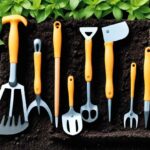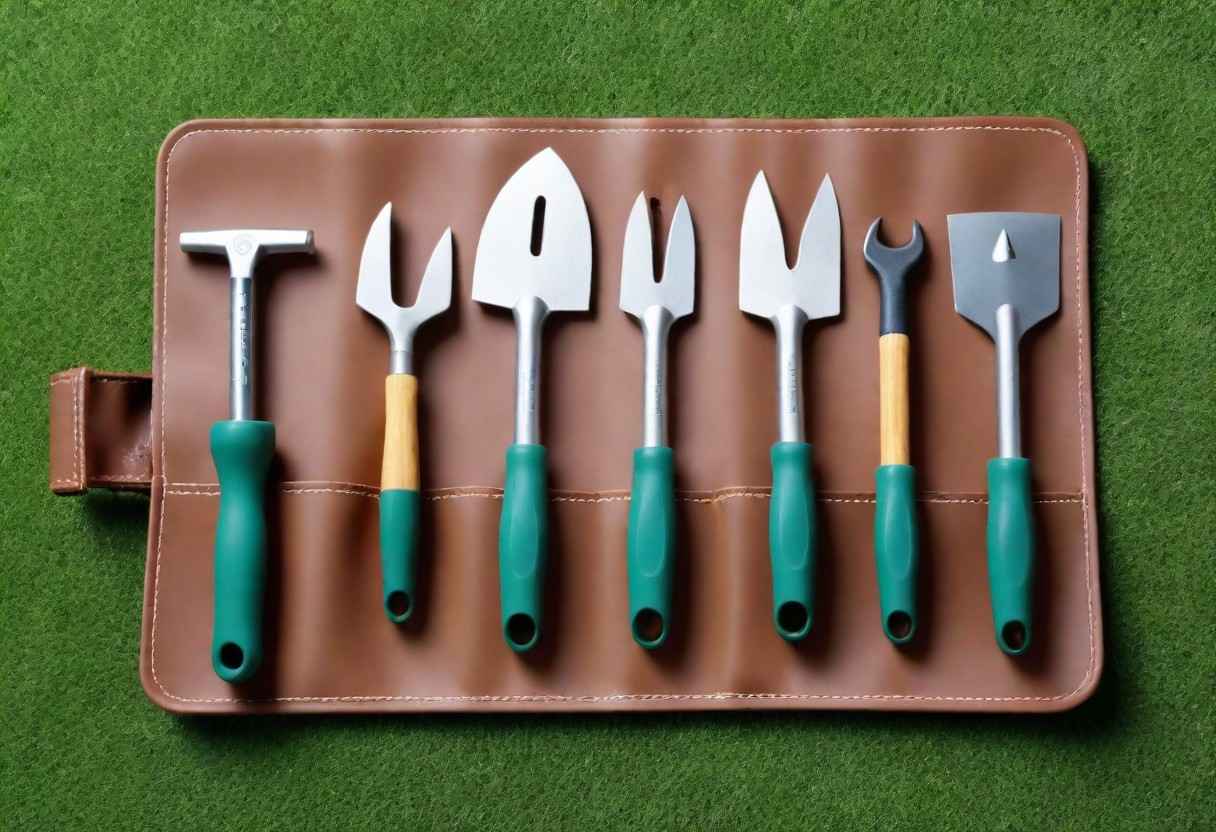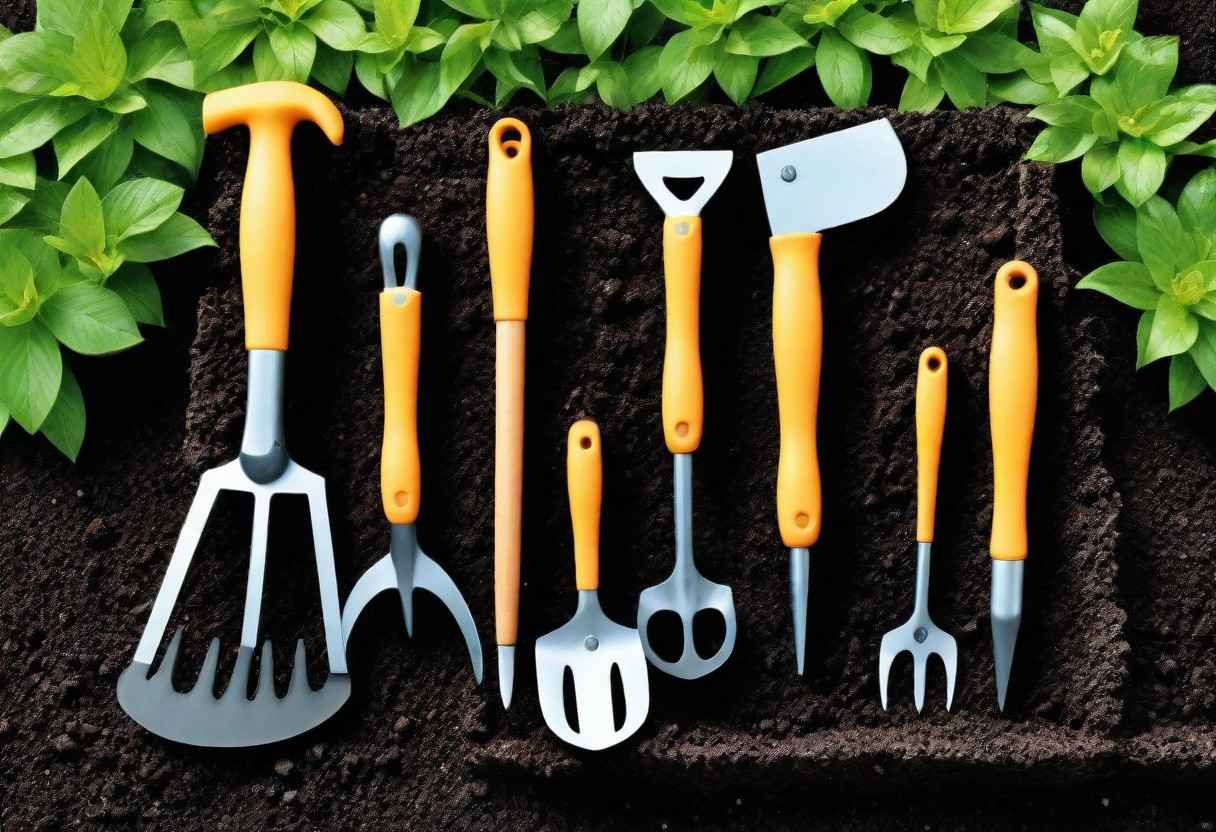The art of Japanese gardening is renowned for its meticulous attention to detail and serene beauty. One of the essential elements that contribute to the authenticity and aesthetic appeal of Japanese gardens is the use of traditional Japanese garden tools. These tools are not only functional but also embody the rich history and cultural significance of Japanese craftsmanship.

Image Source: FreeImages
Japanese Garden Tools – History and Significance
Japanese garden tools have a long and storied history that dates back centuries. They were developed and refined by skilled craftsmen who understood the importance of creating tools that could harmonize with nature. The design of these tools is deeply rooted in the principles of Japanese aesthetics and philosophy.
In traditional Japanese gardens, every element is carefully chosen and placed to create a sense of balance and harmony. Japanese garden tools play a crucial role in achieving this harmony. They are designed to be lightweight, ergonomic, and efficient, allowing gardeners to work with precision and ease. These tools are not merely instruments for gardening; they are an extension of the gardener’s hand and an expression of their connection to the natural world.
Different types of Japanese garden tools
Japanese garden tools encompass a wide range of implements, each with its specific purpose and design. Some of the most commonly used tools include:
- Hori-Hori: This versatile tool is a cross between a knife and a trowel. Its sharp, curved blade allows for precise digging, cutting, and transplanting.
- Seki-Gama: This traditional Japanese pruning saw is designed for delicate pruning and shaping of trees and shrubs. Its thin, flexible blade enables gardeners to make precise cuts without damaging the plant.
- Kusakari: The kusakari is a handheld sickle used for cutting grass and weeds. Its curved shape and sharp blade make it ideal for maintaining the clean lines and neat appearance of a Japanese garden.
- Sasaba: The sasaba is a traditional Japanese broom made from stiff, natural fibers. It is used to sweep away debris and maintain the cleanliness of the garden.
Traditional craftsmanship and techniques in Japanese garden tool making
The production of Japanese garden tools is an art form in itself. Craftsmen who create these tools follow traditional techniques that have been passed down through generations. They use high-quality materials such as carbon steel and bamboo, ensuring the durability and longevity of the tools.
Japanese garden tool-making involves a meticulous process that requires patience, precision, and attention to detail. Each tool is forged, tempered, and sharpened by hand, resulting in a tool that is not only functional but also a work of art. The craftsmanship and skill that go into making these tools are a testament to the Japanese dedication to perfection.
Using Japanese garden tools is essential for creating an authentic Japanese garden. These tools are specifically designed to work in harmony with the natural environment, allowing gardeners to maintain the delicate balance of the garden.
Japanese gardens are known for their serene and minimalist design, and using the right tools is crucial in achieving this aesthetic. The precise cuts and clean lines made possible by Japanese garden tools help create a sense of order and tranquility. Additionally, the use of traditional tools adds a layer of authenticity and cultural significance to the garden.
How to choose the right Japanese garden tools for your garden
When choosing Japanese garden tools for your garden, there are several factors to consider. Firstly, consider the specific tasks you need to perform in your garden. Different tools are designed for different purposes, so it’s essential to select tools that will meet your needs.
Secondly, consider the quality and craftsmanship of the tools. Authentic Japanese garden tools are made with meticulous attention to detail and high-quality materials. Look for tools that are hand-forged, tempered, and sharpened, as these are indicators of superior craftsmanship.
Lastly, consider your budget. While high-quality Japanese garden tools can be an investment, they are built to last and will provide years of reliable use. It’s better to invest in a few high-quality tools than to purchase a large set of lower-quality tools that may need to be replaced frequently.
Click here to learn more about Essential Japanese Gardening Tools
Care and maintenance
To ensure the longevity and optimal performance of your Japanese garden tools, proper care and maintenance are essential. After each use, clean the tools thoroughly and remove any dirt or debris. Dry them completely to prevent rusting.
It’s also recommended to periodically oil the metal parts of the tools to prevent corrosion. Additionally, sharpen the blades regularly to maintain their cutting effectiveness. Store the tools in a dry place to prevent moisture damage.
By following these simple maintenance practices, you can extend the lifespan of your Japanese garden tools and ensure they will continue to serve you well for years to come.
Where to buy authentic Japanese garden tools
Authentic Japanese garden tools can be challenging to find, especially outside of Japan. However, there are several reputable online retailers that specialize in Japanese gardening tools. These retailers source their tools directly from Japan, ensuring their authenticity and quality.
When purchasing Japanese garden tools online, read customer reviews and check for any certifications of authenticity. Look for retailers that provide detailed product descriptions and specifications to ensure you are getting the right tool for your needs.
The beauty and aesthetic appeal of Japanese garden tools
Beyond their functionality, Japanese garden tools possess a unique beauty and aesthetic appeal. The clean lines, minimalist design, and natural materials used in their construction make them visually pleasing objects in their own right.
The simplicity and elegance of Japanese garden tools reflect the principles of Japanese aesthetics, such as wabi-sabi and yūgen. Their understated beauty adds an extra layer of charm to any garden setting.
Conclusion
Japanese garden tools are not mere instruments for gardening; they are an embodiment of Japanese craftsmanship, culture, and aesthetics. The history, significance, and traditional techniques that go into making these tools make them essential for creating an authentic Japanese garden.
When choosing Japanese garden tools, prioritize quality, functionality, and authenticity. Care for your tools diligently to ensure their longevity and optimal performance. And remember, the beauty of Japanese garden tools extends beyond their functionality; they are objects that bring an element of artistry and elegance to any garden.
Read more about Traditional Japanese Garden: Step-by-Step Guide to grow and maintain Japanese Garden.






